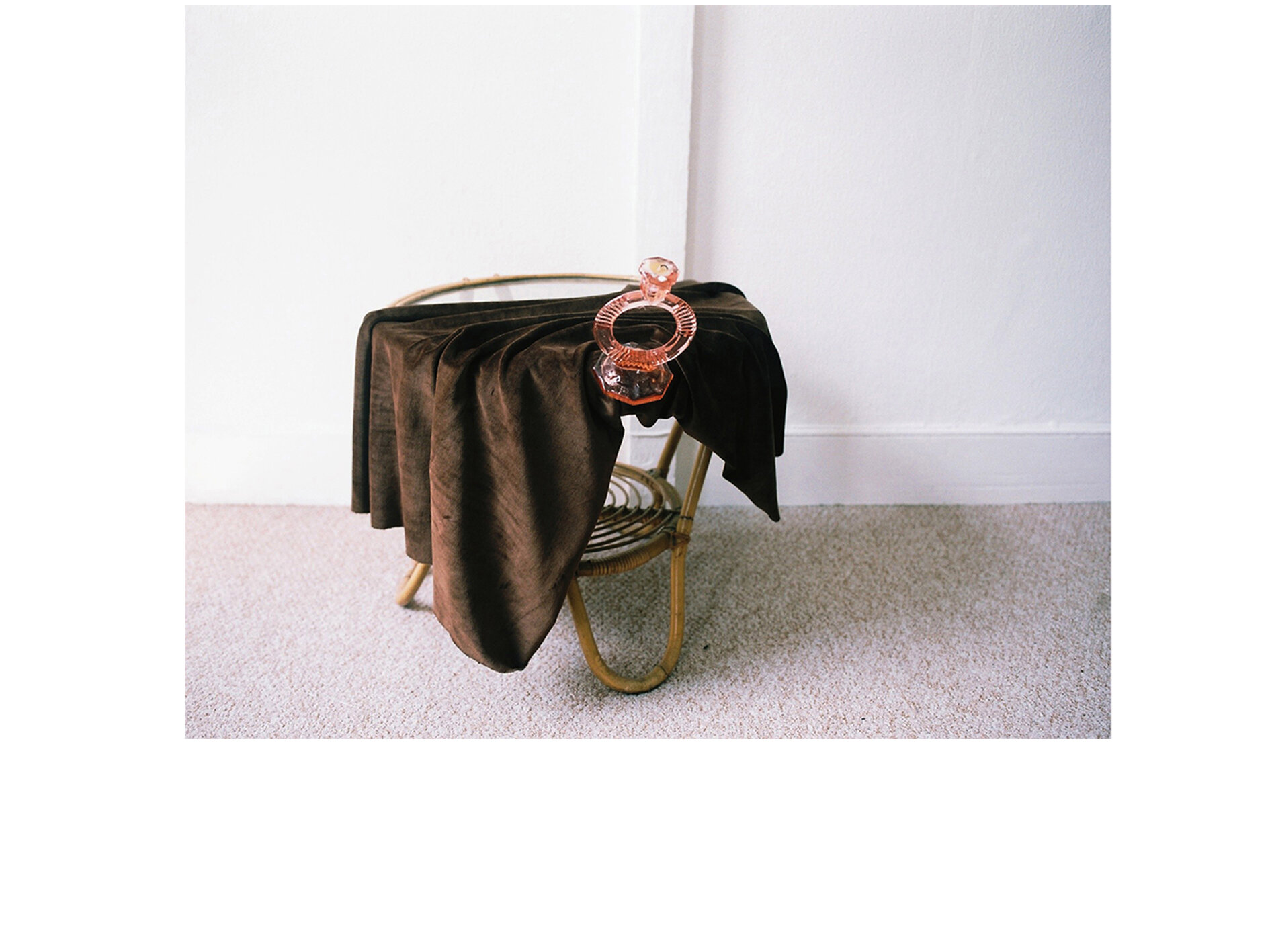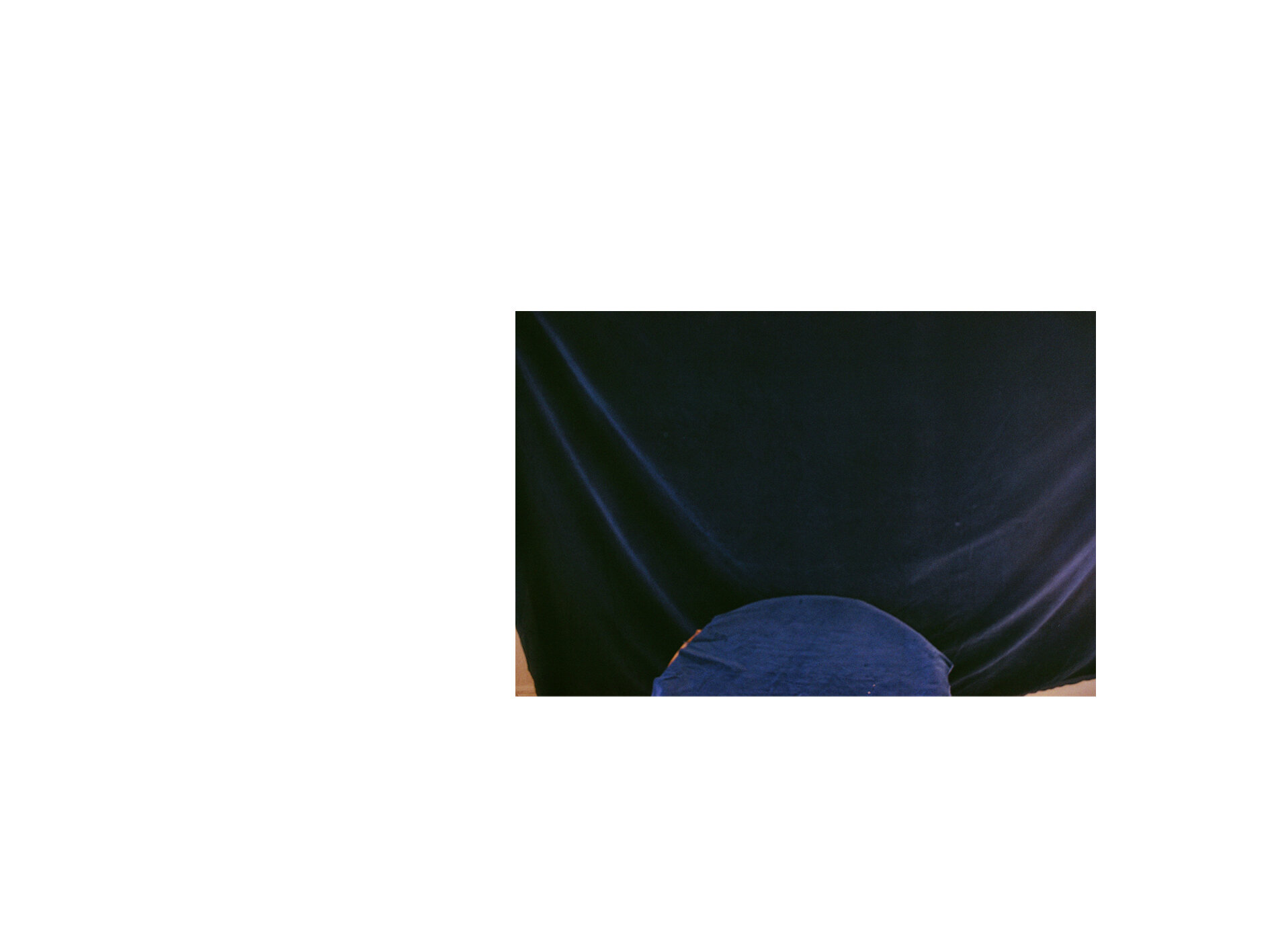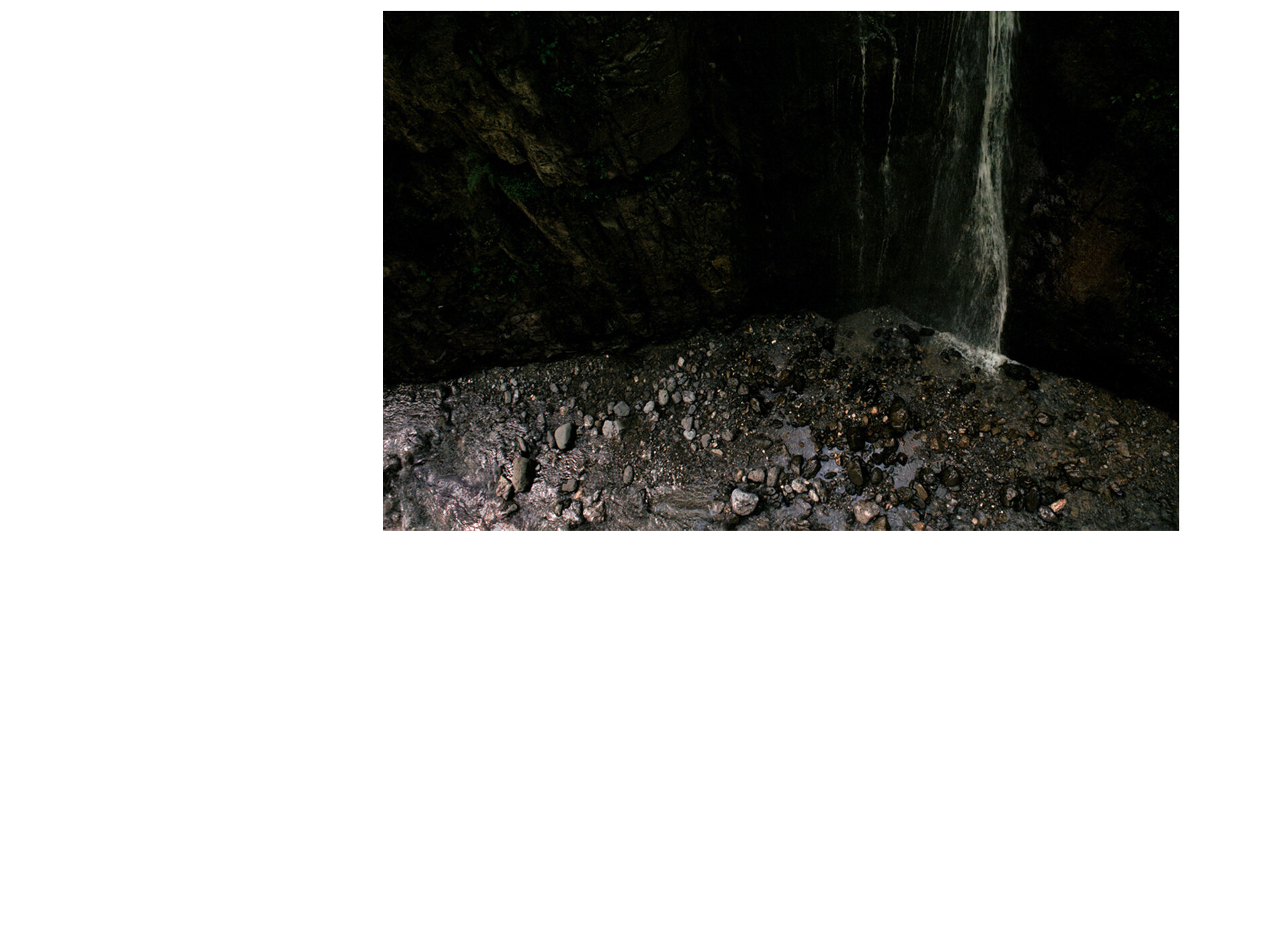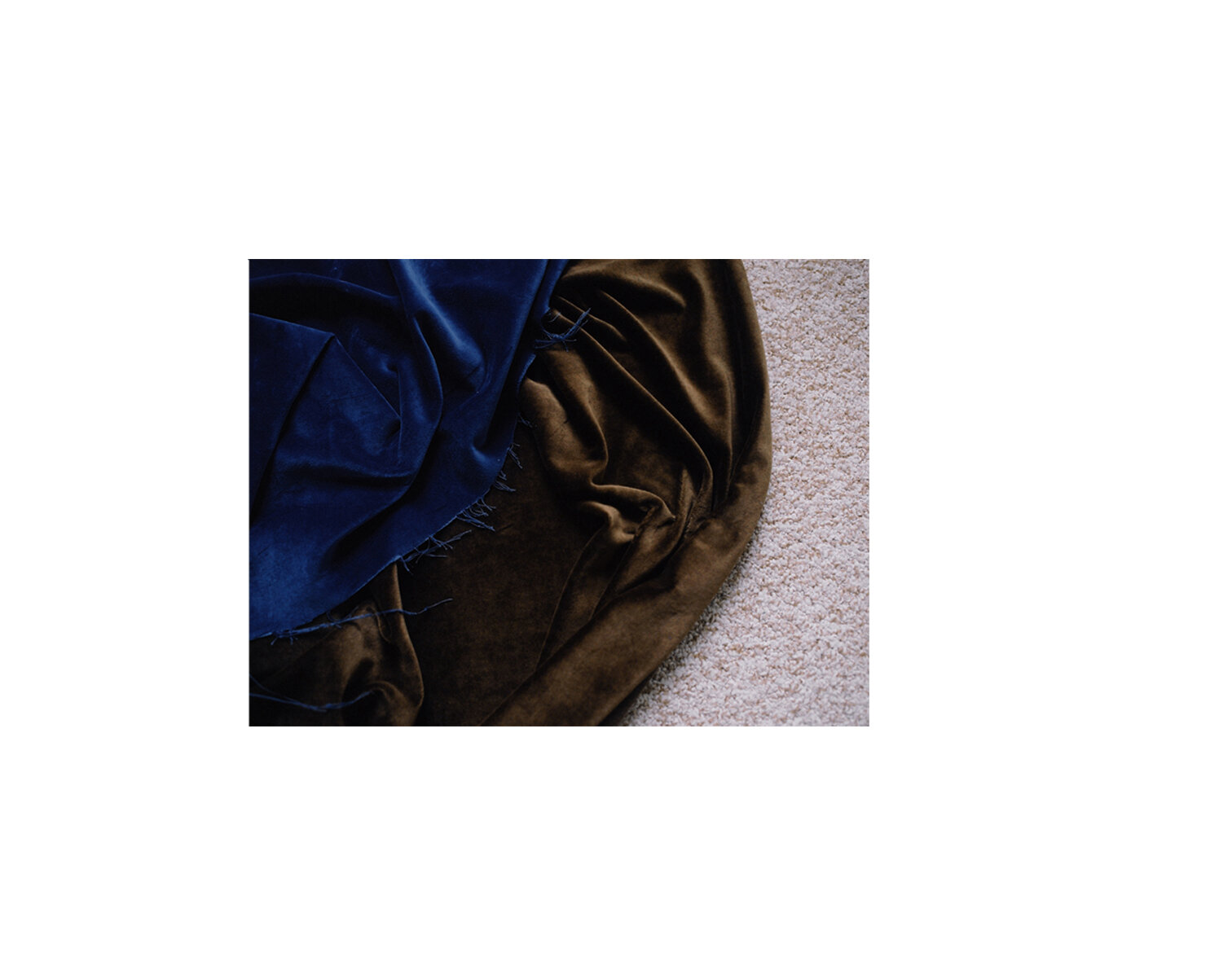














It was a place where I had been before, it wasn’t unknown to me. But there was something about the light that day, the haziness of the sun that seemed to fill the air, a stillness. My body moved towards the curved stone path and it was like a flash, a sudden shadow: the image of a place where I had been some twenty years earlier. My eyes were as though fixed on traces of buildings, trees lining a large empty road which had, like a colour transparency, projected themselves over the current place where I stood. It was in a different city, a different country, and I remember that as I walked out of the train station at that time and had looked across at the road where the map indicated that I should turn, I had felt nervous. And then the moment passed, a split second, the noisy bus station brought me back to my current location, my thoughts and my body racing forwards with the movement of the pram, my eyes scanning numbers at the front of buses, trying to make my way home. How we navigate the world is determined by the spaces we encounter, and our mind stores these experiences as mental images. The brain is said to edit between ten to thirteen images per second, creating likely sequences that allow us to form theories of how the world around us works without having to directly experience the outcome: an internal, fleeting performance of past with future. A creator of fictions, the cognitive centre of the brain, the cerebral cortex, is responsible for creating mental representations of people, places and things that are absent from our visual field and which enable us to interpret situations. Studies in neurology and neuropsychology have moved away from the idea of the mind as a serial computer, a spinning rolodex of neural representations, arguing that mental imagery manifests not only within the brain but also kinaesthetically. These images, their very essence, not only inhabit the dark chamber of the mind but also the cavernous depths of the body. As we move through space, electrical and chemical messages dart around the body, a restless chatter of sensory neurones which carry information from the body to the brain and motor neurones which transmit information from the brain to our muscle mass. Like a portal, the body provides a bridge to our being-in-the-world.But what about these images that can suddenly appear to us for no apparent reason and that seem to serve no purpose? I often think about the places I’ve encountered, flashing scenes from a moving car window that caught my eye, or the familiarity of a room that was once home – I feel as though pieces of me have remained there and that they are never far, living within the body and always ready to resurface. Like phantoms, they hover and appear without summon, fleeting presences, shadows that leave an imprint. Freud speaks of “unintentional returns”- the body as interceptor of sensations that arise as we move through place, seems always one step ahead of conscious thought, conjuring past worlds for unknown reasons.The places that we move and live within, equally move and live within us, creating an accumulation of spatial history, sedimentary layers of feelings, impressions, colours, light, that are constantly present and absent, beyond cognition. And so places morph, melding into a perfect symbiosis, interior becomes exterior, the folds of the hanging curtain speak to the soft crevices of the undulating mountain range, the blue of the table cloth murmurs to the depth of the sea; as Bachelard wrote in Poetics of Space, “they must participate in an inner light which is not a reflection of a light from the outside world”, and in doing so, they are bound to one another, adopting a universality and anonymity as they become void of geographical specificity. At the end of the second chapter of A Camera Lucida, Roland Barthes, speaking of the nature of a photograph, says: “It is always invisible: it is not it what we see” and I would say that this is also the very nature of the spaces or places we encounter: they are never what we see but are an accumulation of past experience, a dense stratum of countless images.Bibliography:
Gaston Bachelard, The Poetics of Space , 1994
Roland Barthes, A Camera Lucida, 2000
Dylan Trigg, The Memory of Place, A Phenomenology of the Uncanny, 2012